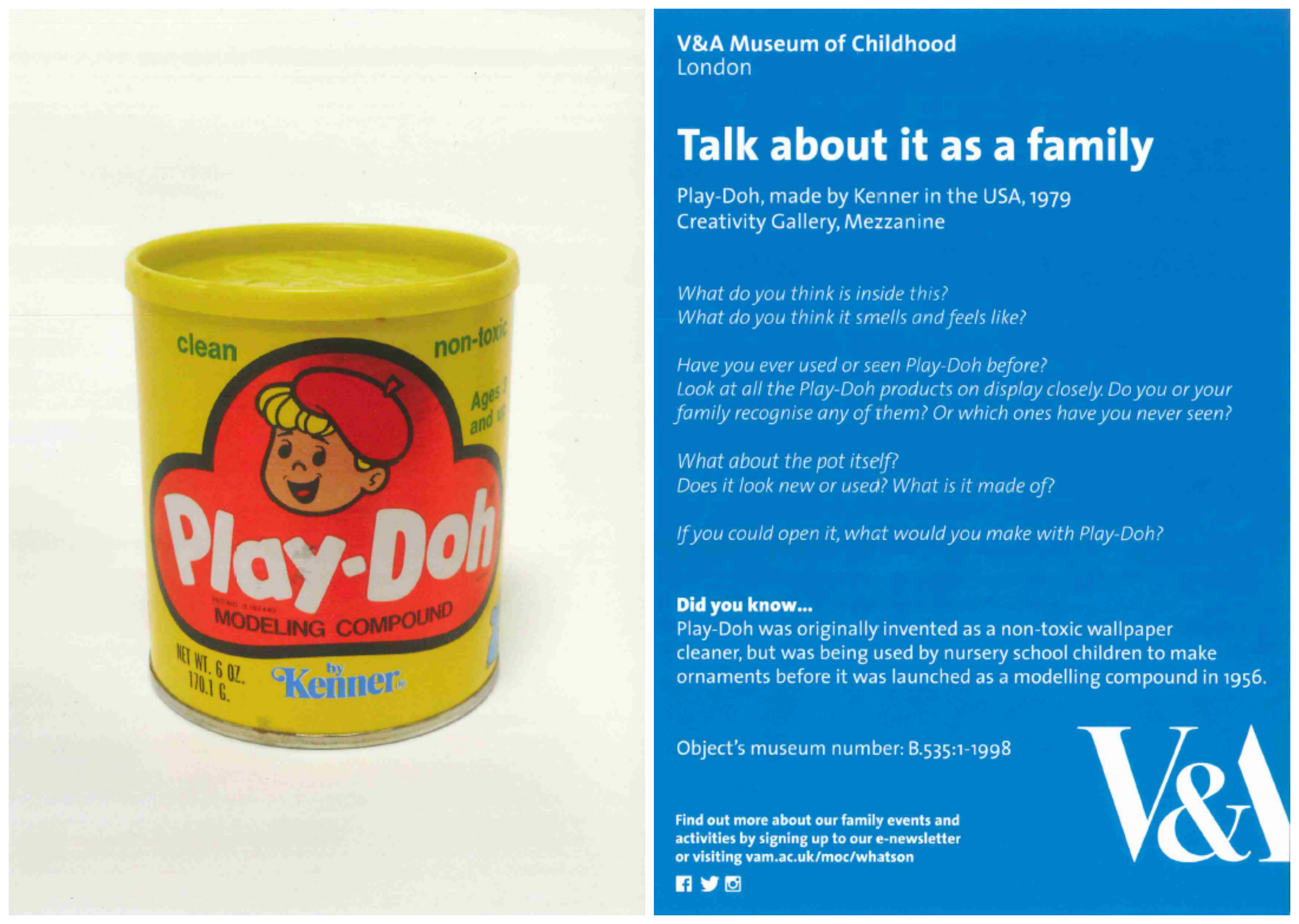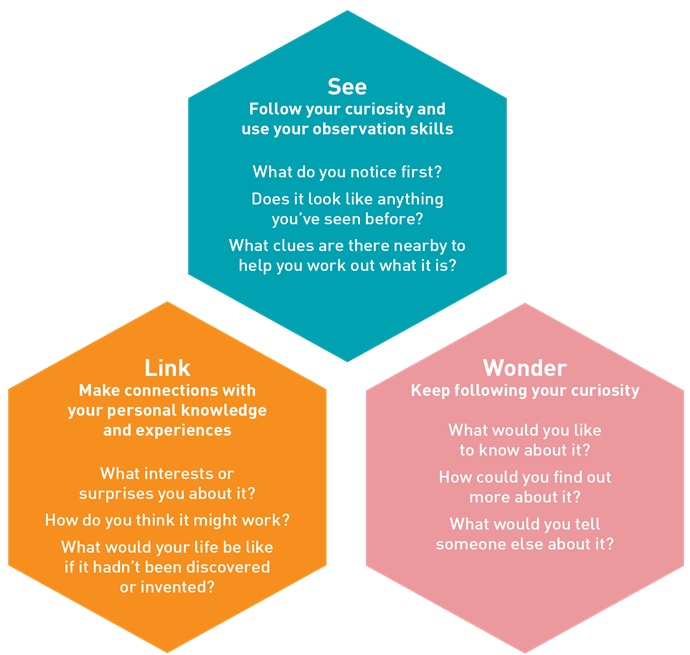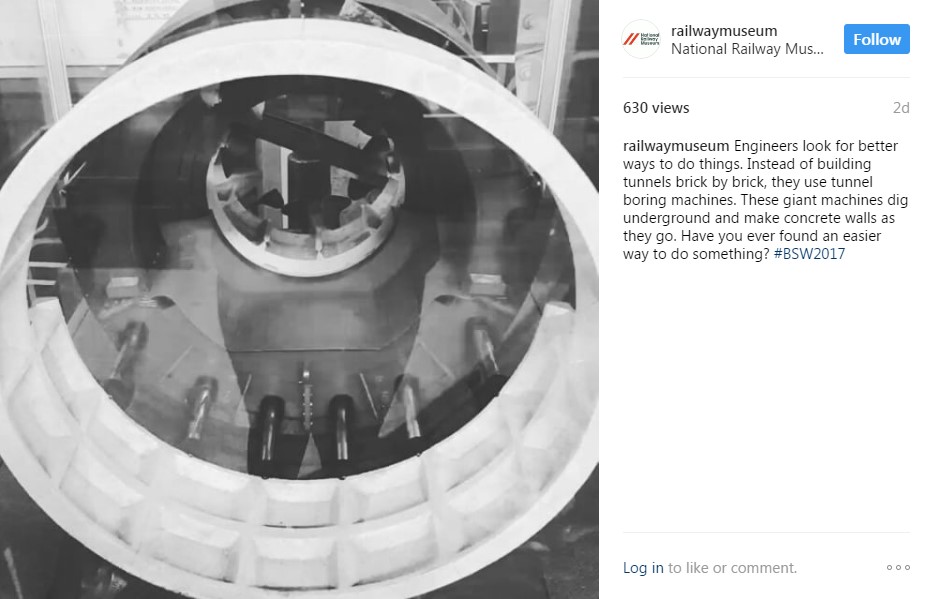But how much in an average day do most of us talk about science, technology, engineering and maths (STEM)?
Science, technology, engineering and maths aren’t often every day topics of conversation for many people, not in the same way as the latest TV show or sports fixtures might be. Yet science and innovation is such a big part of our every day life in one way or another and is continually changing and improving the way that we live our lives.
Finding a cause and reason to talk about STEM can be a very powerful way to help people feel more connected and engaged with it. The more you talk and share ideas, express your views, opinions and feelings as well as listening to, respecting and challenging other people’s viewpoints, the more you find personal meaning with a topic.
Social interaction and active participation is at the heart of our museum learning approach. We want to inspire our visitors to ask questions, to talk with us and with each other. Seeing how our visitors talk and share their thoughts and ideas with each other shows us how they are engaging with us and if they have made a meaningful connection with our experiences.
So, how do we help get a conversation started? How do we give our visitors reasons and opportunities to talk, and invite them to share their own opinions, thoughts and stories?
It is about finding ways to spark, invite and facilitate discussion, which is why promoting science talk, both in and beyond our museums, is an important engagement reflection point. Here are just some examples that we have seen being used which have helped get people thinking and talking…
Exhibitions & galleries
This is a lovely example from our friends at the Museum of Childhood which has a very clear call to action – to encourage families to talk and share their experiences together.

Here are also some of the labels which are in the Robots exhibition which aim to provoke people to think and talk about how robots might affect their everyday lives.

Resources
Our See, Link, Wonder… questioning tool was developed to encourage thinking and talking about objects and images before or during a visit to a museum. We wanted to create something that would help group leaders explore the stories of the people, places, science and technology behind our collections using curiosity, observation and creative problem-solving skills. The questions are just a starting point, but as visitors follow their interests, we hope that they will inspire them to ask their own questions. 
We have also added a ‘Think and talk about…’ section to our home and school based activities to encourage science discussion and talk whilst doing the activities.

Social media
Interacting online can be a solitary experience, but there are still opportunities to get people thinking and talking. By simply including a question in a tweet – we give people something to think and talk about.

How do you help visitors to talk and share their own stories and opinions about STEM?